A windows PC is for me the heart of the home cinema. It has the power to handle everything related to home cinema including gaming. Its use is easy, and most people know how to use it.
The main parts of the Home Theater PC (HTPC) are the case, the power supply, the motherboard including RAM, the processor, the graphics card, and the hard disk.
The case
The case is an integral part of the HTPC. It plays an aesthetic and a functional role. A good case must have a solid build and provide easy access to its interior. It must have a front USB port hub. Finally, the case aesthetically must fit well with the entertainment room.
There are several cases out there to choose from. There are a variety of shapes, ranging from vertical to horizontal ones, and physical sizes, ranging from small to large ones. You can see examples here, here, here, and here.
The size of the HTPC case largely depends on the size of the graphics card that will be used for the system.
Expect to pay something between 80 and 200 euros/USD for a nice-looking, operational HTPC case.
One of the worst enemies of home cinema is background noise. It is very distracting, diminishing the suspension of disbelief. Thus, we must use noiseless fans to keep our case cool.
There are different noiseless fans (examples are shown here and here). The beQuiet and Noctua fans enjoy very high Amazon ratings. Expect to pay around 25 euros per fan.
Power supply
The power supply (psu) is a crucial component of the HTPC. Its wattage also depends upon the type of graphics card used. An efficient, green psu must:
- be silent and run cool
- use the lowest power possible
- be powerful enough to handle modern graphics cards
- be fully modular, i.e., only use the necessary cables in order to avoid cable cluttering
- have a long warranty, and
- have a large mean time before failure.
Some examples are shown here and here.
We can estimate the required wattage of the power supply using PSU calculators. It is always better to select a psu that has some spare wattage, in case we decide to upgrade our HTPC components later.
Expect to spend between 100 and 300 euros/USD for a good psu.
Graphics card
The graphics card is the heart of the HTPC system. A good graphics card must support HDMI 2.1 (or 2.1a, 2.1b). Although HDMI 2.0 interface supports resolutions of 4K@60Hz and 8K@30Hz, HDMI 2.1 supports resolutions up to 8K@60Hz and 4K@120Hz. The latter resolution is a feature of all modern 4K TVs.
In addition, HDMI 2.1 has High Dynamic Range (HDR) video compatibility. The 4K@120Hz and HDR capability are crucial characteristics that improve both movie watching and gaming.
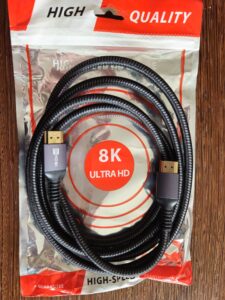
HDMI 2.1a added support for Source-Based Tone Mapping. And HDMI 2.1b (released in August 2023) added support for resolutions up to 10K.
A graphics card must also be powerful enough to cope with the computing requirements of madVR, a video renderer that offers state-of-the-art scaling, sharpening and image enhancements, supporting HDR dynamic tone mapping.
madVR uses the power and memory of the graphics card to provide advanced video scaling and processing. Thus, the higher the power and memory of a graphics card the better is the video playback quality.
There are several graphics cards supporting HDMI 2.1/2.1a. Examples are the Nvidia GeForce RTX 3060, 3070, 3080, 3090, as well as RTX 4060, 4070, 4080, as well as the AMD Radeon RX 6800, 6800 XT, 6900 XT and RX 7700 XT, and RX 7900 XTX. Modern graphics cards also generally have more than 12 GB RAM.
Expect to spend from a minimum of 250-300 euros/USD to more than 1000 euros, depending on the card selected. Any card between 300 and 1000 euros/USD can deal with madVR as well as more than decent gaming.
To be concluded

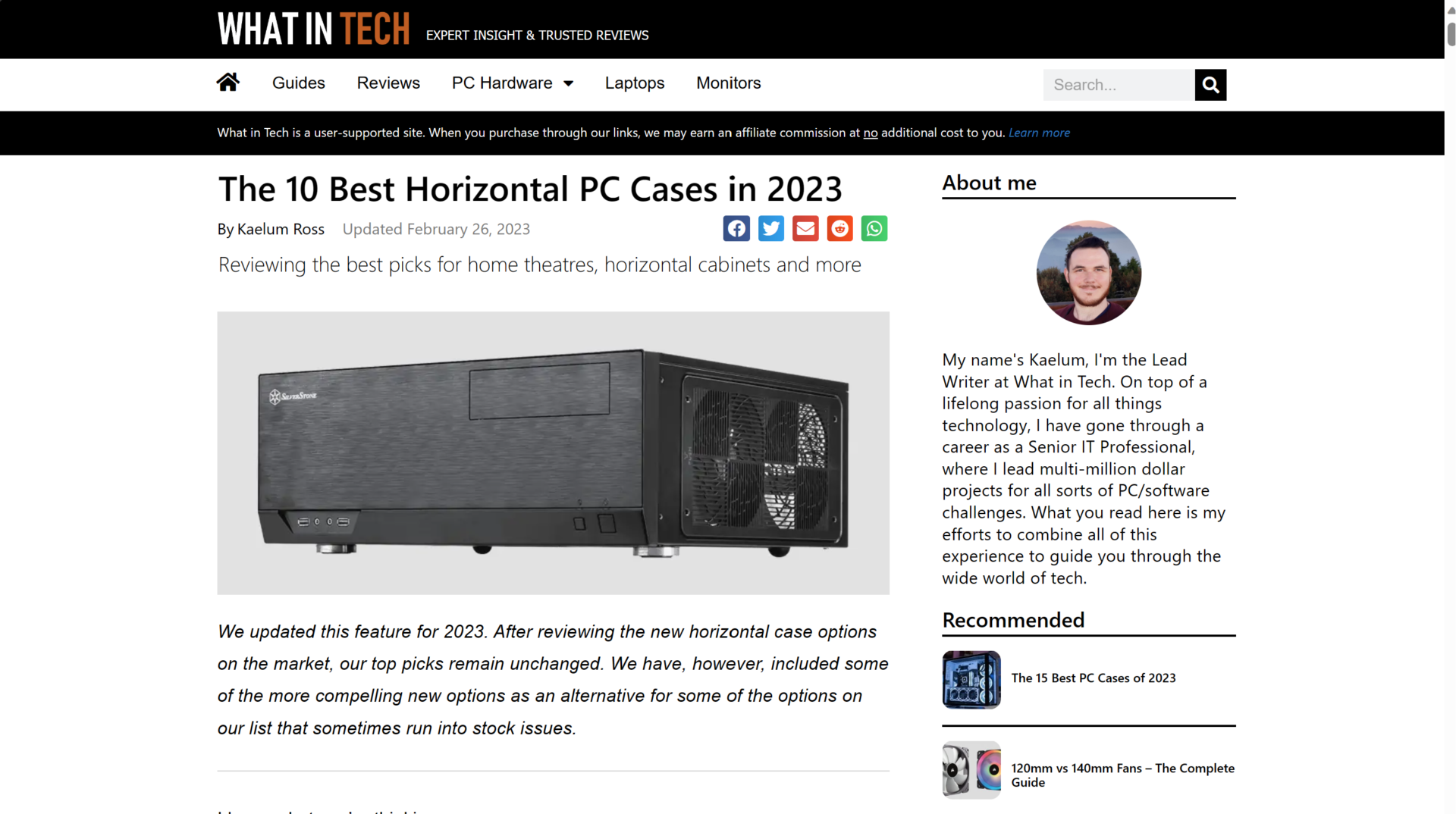
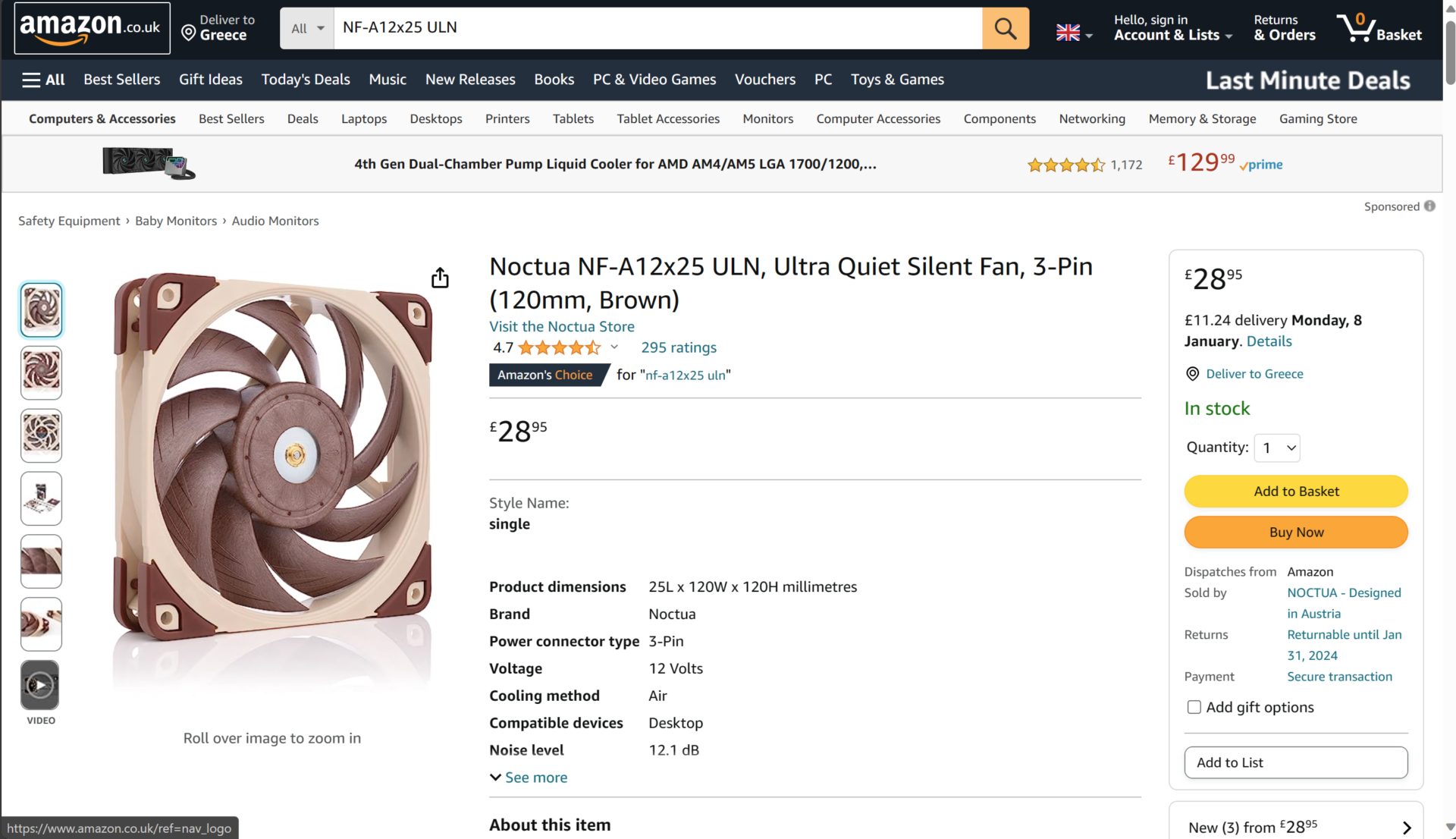
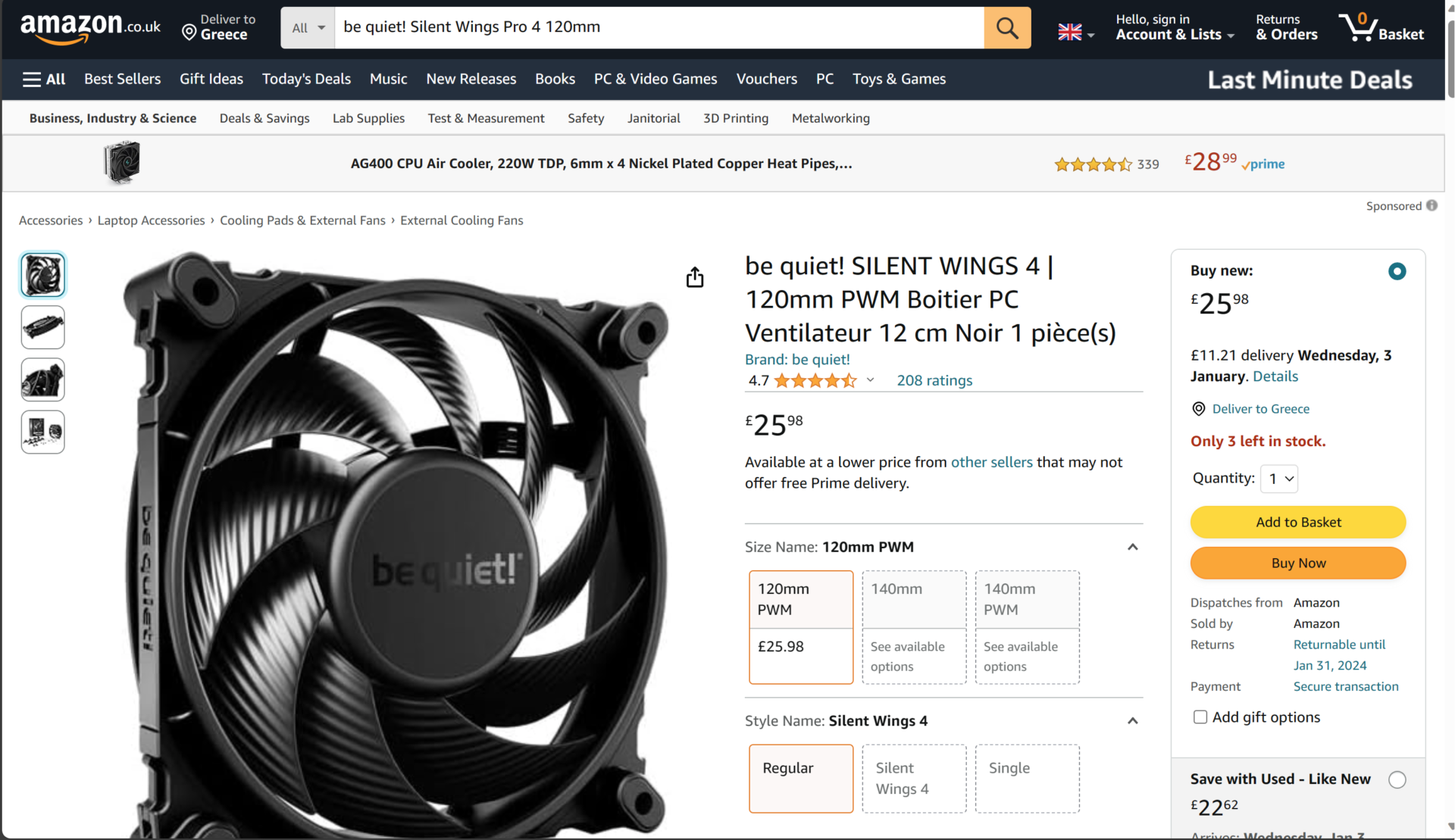
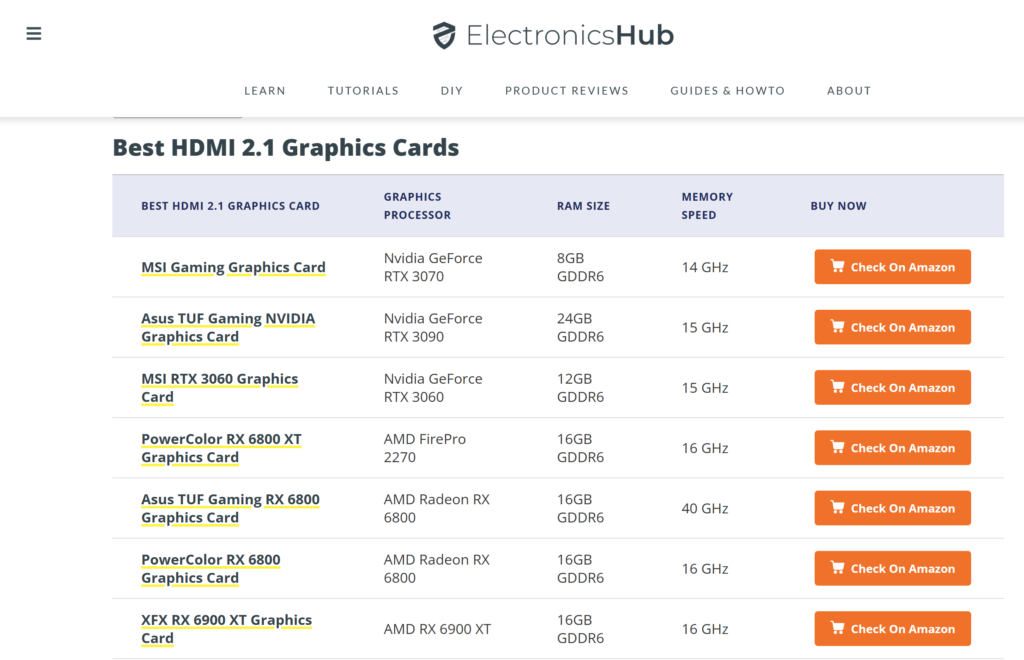
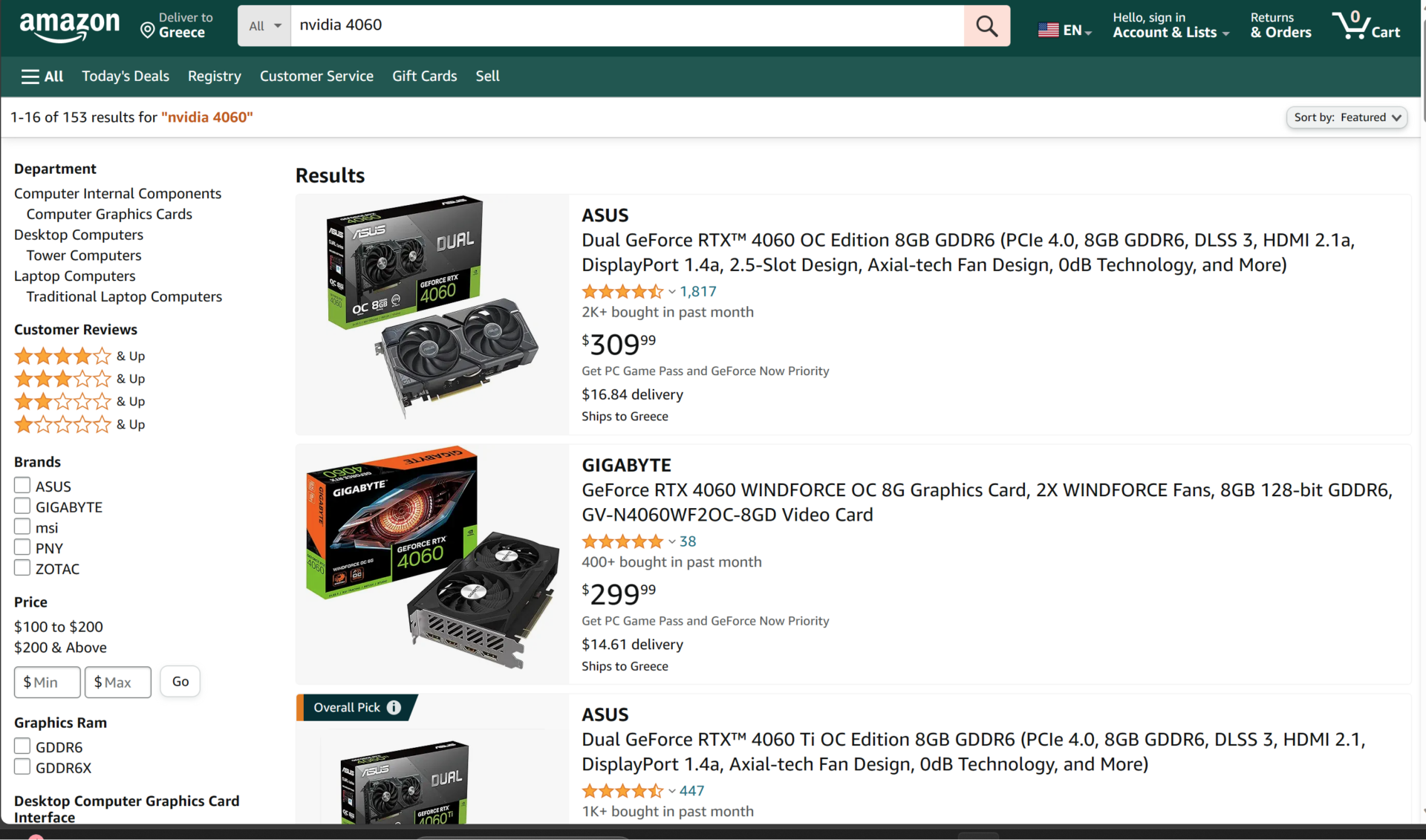
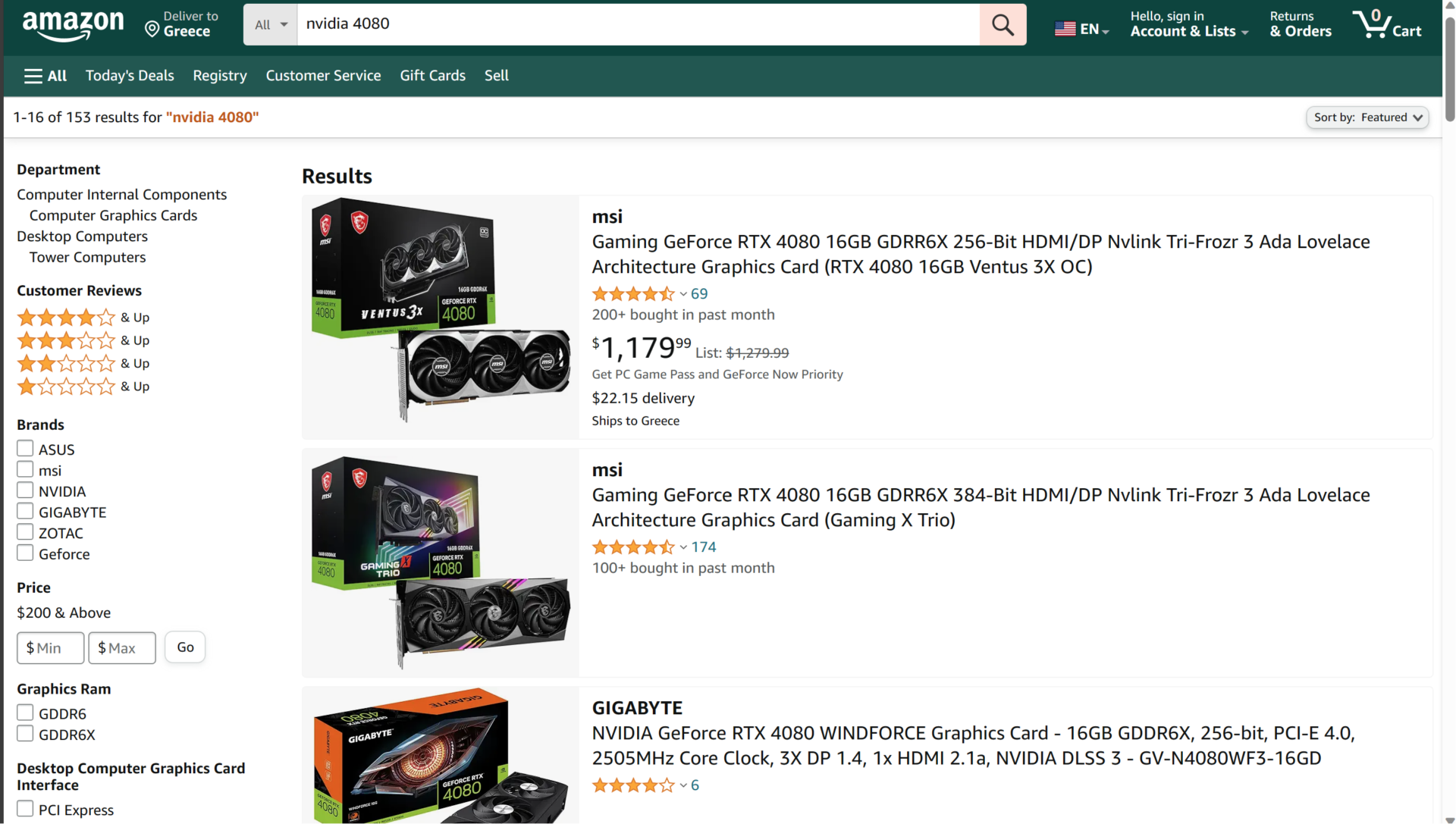
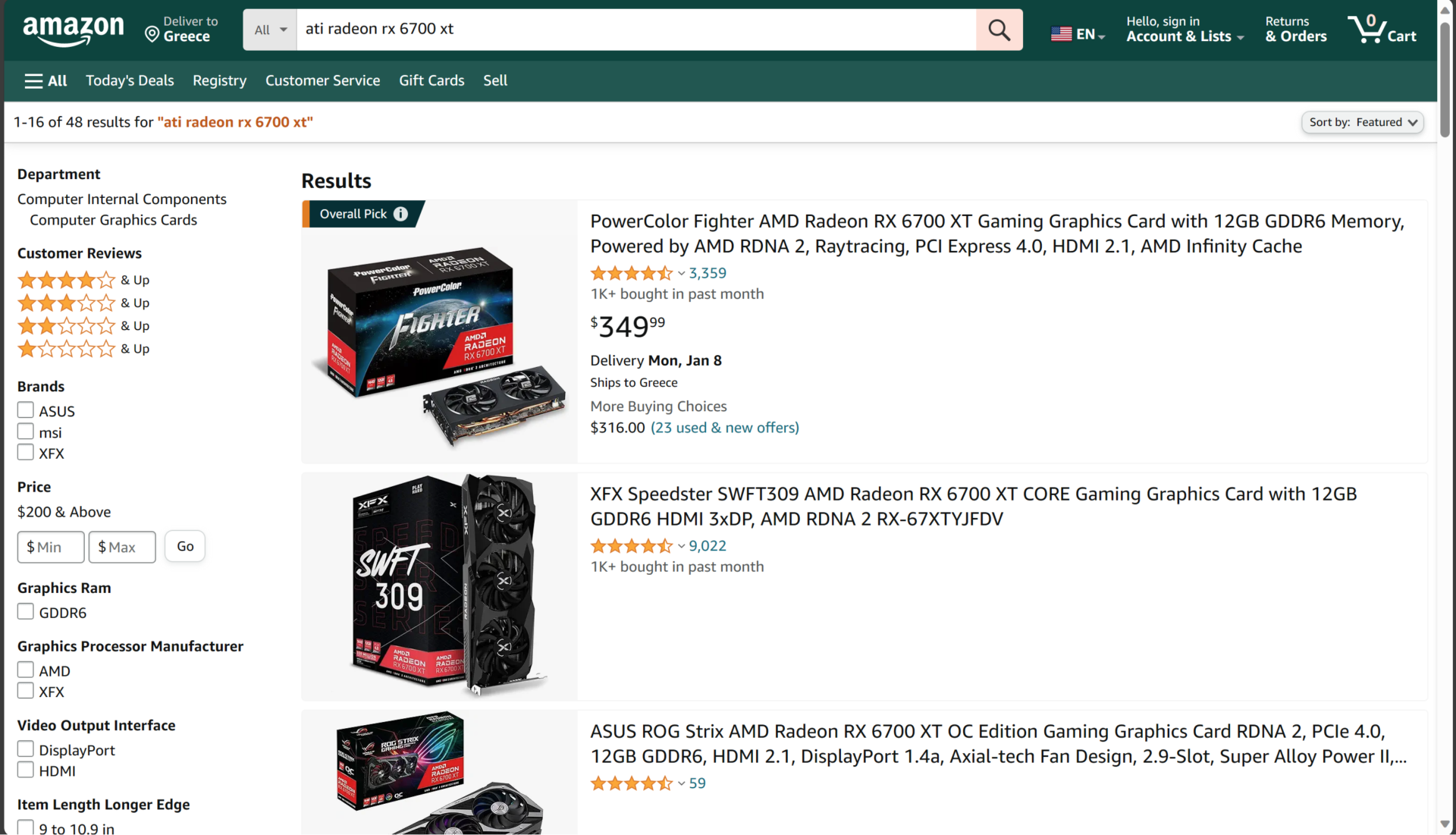
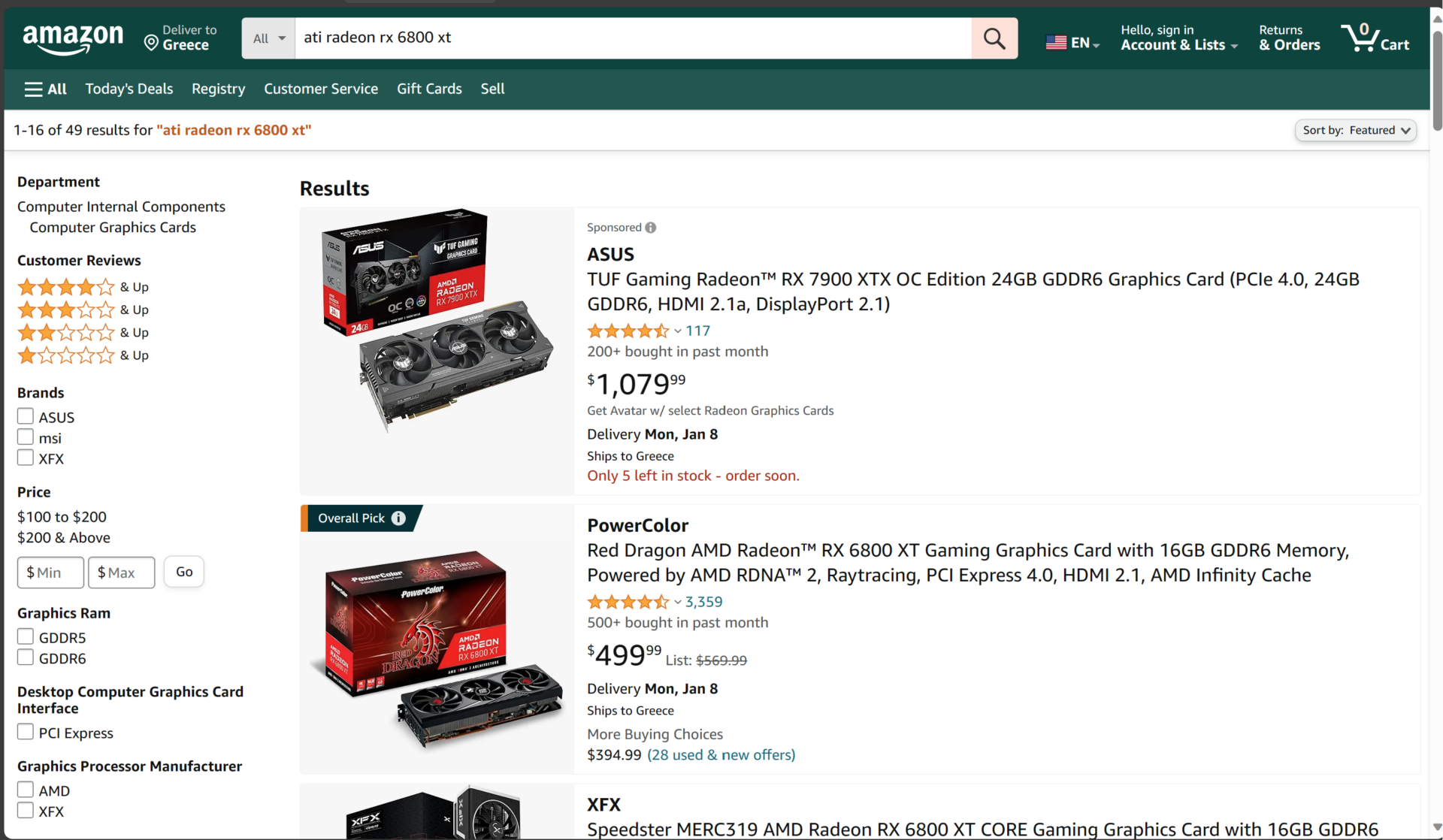
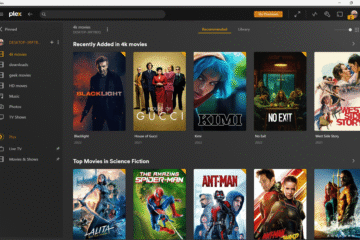
0 Comments